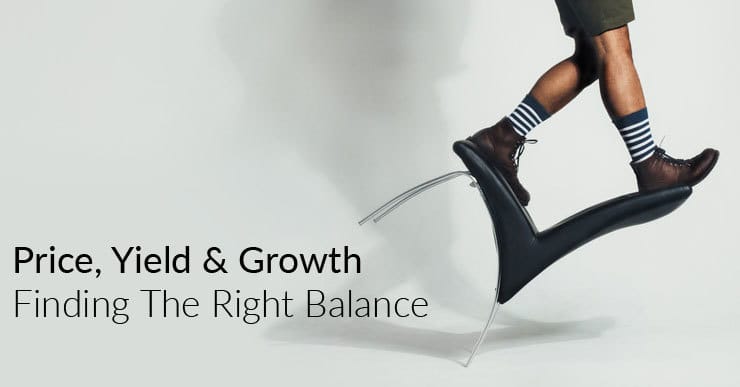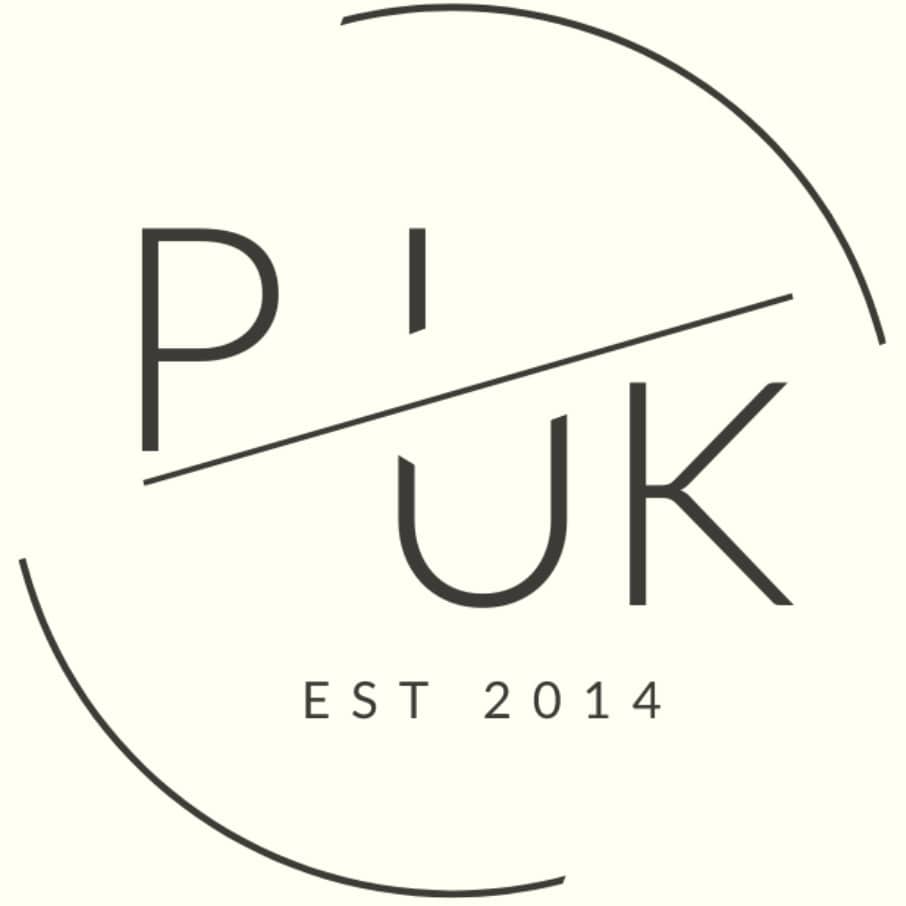Free Buy-to-Let Rental Yield Calculator: Instant results
Accurately calculating your buy-to-let rental yield, rental income and btl costs is a fundamental requirement for successful property investment.
Successful planning can directly impact your monthly cash flow and long-term returns. So whether you have just started your property training and are looking for your first buy-to-let investment property, or you are an experienced landlord and looking for a simple way to calculate your current rental yield, below is your free rental yield calculator to see instant results along with a detailed FAQ.
Article updated: June 2025

-
by Robert Jones, Founder of Property Investments UK
With two decades in UK property, Rob has been investing in buy-to-let since 2005, and uses property data to develop tools for property market analysis.
Free BTL Rental Yield Calculator
A quick and simple way to calculate yield for any rental property:
Rental Yield Calculator
What Is Rental Yield?
Rental yield is the key metric used to measure a property's financial performance and is one of the key things investors look for on their property investment checklist when reviewing any new opportunity.
Simply, the meaning of rental yield is to show your annual rental income as a percentage of your property's total cost.
This rental yield calculation helps you quickly compare different properties on a level playing field. The rental yield calculation looks at your property investment returns in percentage terms.
Think of rental yield like a savings account interest rate. If you had £100,000 in a bank account earning 5% interest, you'd receive £5,000 in annual interest. Similarly, if you buy a property for £100,000 and receive £5,000 in annual rent, that would be a 5% gross rental yield.
There are two main types of rental yield. Gross rental yield vs Net rental yield.
Here is how to calculate them both:
Gross Rental Yield Calculation
This is your total annual rental income shown as a percentage of the property's purchase price.
For example, if you collect £750 per month in rent (£9,000 annually) on a property that cost £150,000, your gross rental yield would be 6%.
Gross Rental Yield Formula
The gross rental yield formula is straightforward:
Gross Rental Yield = (Annual Rental Income ÷ Property Value) × 100
Remember that your property value should include:
- Purchase price
- Stamp duty
- Legal fees
- Refurbishment costs
- Any other initial purchase costs
Net Rental Yield Calculation
This shows your actual return after deducting all running costs like:
- Mortgage payments
- Insurance costs
- Property maintenance
- Agent management fees
- Service charges and ground rent
- Maintenance funds for future repairs
Net yield gives you a more accurate picture of your true returns, helping you make better decisions and plan your cash flow more effectively.
For example, on the same property, if you collect £750 per month in rent (£9,000 annually) on a property that cost £150,000, but you had running costs of an additional £200 per month for all the above items, your net rental yield would be 4.4%.
Net Rental Yield Formula
The net rental yield formula helps you understand your actual returns after all expenses:
Net Rental Yield = (Annual Rental Income - Annual Costs) ÷ Property Value × 100
This net yield gives you a more realistic picture of your actual returns compared to the gross yield calculated earlier. When comparing different investment opportunities, always try to calculate both yields to make truly informed decisions.

What is a Good Rental Yield?
Understanding rental yield becomes even more important when you consider different real estate strategies.
There are many investors that focus on capital growth properties and will accept a lower than average rental yield.
But that is only possible if you have the cashflow to cover costs, or if you are buying cash and do not have to worry about mortgage finance.
For many buy-to-let property investors the criteria is achieving the highest rental yield.
So what does 'good' look like and how do you beat 'average'?
Buy-to-Let
A standard buy-to-let property might earn a gross rental yield of 6% or higher depending on the location (central London buy-to-let properties cost a lot more and would have a lower rental yield than other Cities). Yet there are many towns and cities currently providing much higher yields as rental demand is so high that rental prices per month have been pushed up, improving yields.
For example, cities like Oldham and Nottingham have properties with gross yields at 7% and 8%+ if you know where to look and how to find the best off-market property opportunities.
Purpose Built Student Accommodation (PBSA)
PBSA provide great rental yields as the asset cost is typically lower as they are smaller units. With high student demand if the property is in a major city like Liverpool, Leeds or even Durham where rental demand is high, then these gross yields can be 8%+.
Student HMOs
Meanwhile, Student HMO investments (Houses in Multiple Occupation) can deliver more substantial gross yields of 12% or above. These properties do require more extensive management and are often higher value assets and may require specialist financing (which come with increased interest rates), so they are typically for the more experienced landlord.
Professional HMOs
Similar to students, professional HMOs (working tenants) are typically around the 12%+ gross rental yield mark. Remember though the price of the asset really matters here. A 7-bedroom house of multiple occupation is much more expensive to buy in London than it is in Lytham St Annes.
We have also created a free HMO specific rental yield calculator.
Holiday Lets
When buying a holiday let, you may see gross rental yields as high as 20%+. Which sounds really impressive. Yet please remember they do have higher running costs, so more typical maybe around the 10% net rental yield level, which is very high compared to other rental strategies. These are more specialist and only work in some major city, seaside and rural locations.
Why Rental Yield Matters?
Getting your rental yield calculations right is crucial when investing in property, as this one metric influences everything including your monthly profits, cashflow and likely success to cover costs and grow.
Although it doesn't directly equate to cashflow as this is more nuanced per property, it will give you a guide.
For example, if your rental yield is too low, even a small increase in costs or mortgage rates could quickly turn a profitable property into a loss-making liability. Similarly, without adequate rental yield, you might struggle to cover essential property maintenance or build the cash reserves needed for future investments.
Think of rental yield as your property's financial health check - it tells you whether an investment is likely to be sustainable before you commit your money.
This becomes especially important when:
- Applying for buy-to-let mortgages or raising property finance
- Planning for future maintenance costs
- Comparing opportunities like whether to buy in the cheapest area of Manchester or the cheapest area of Birmingham
